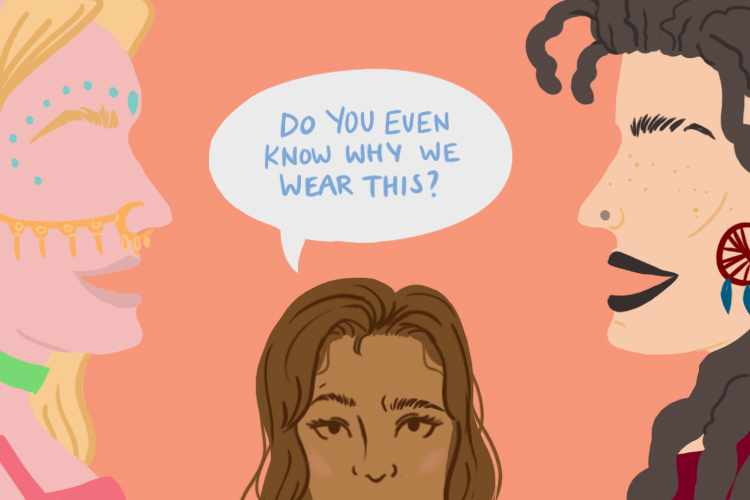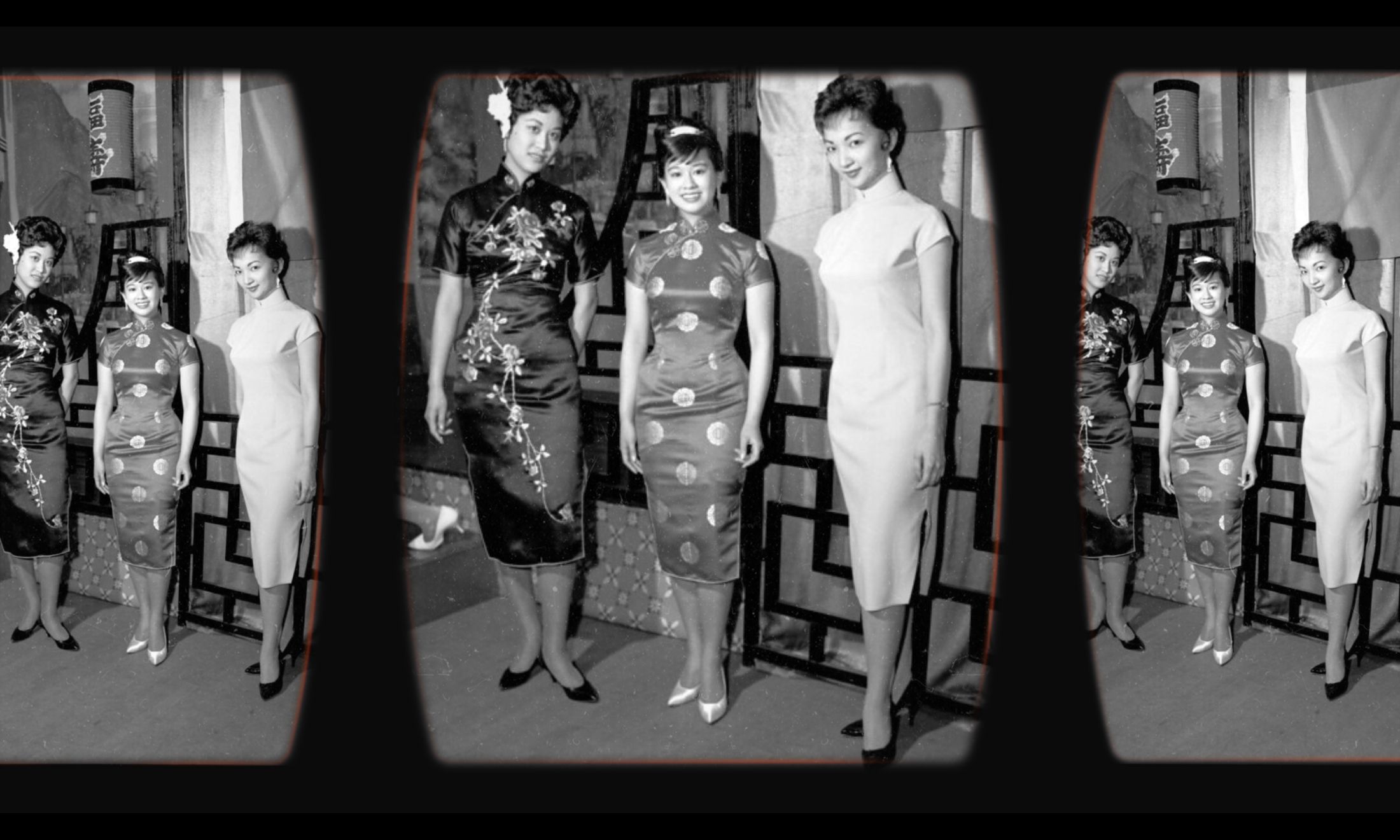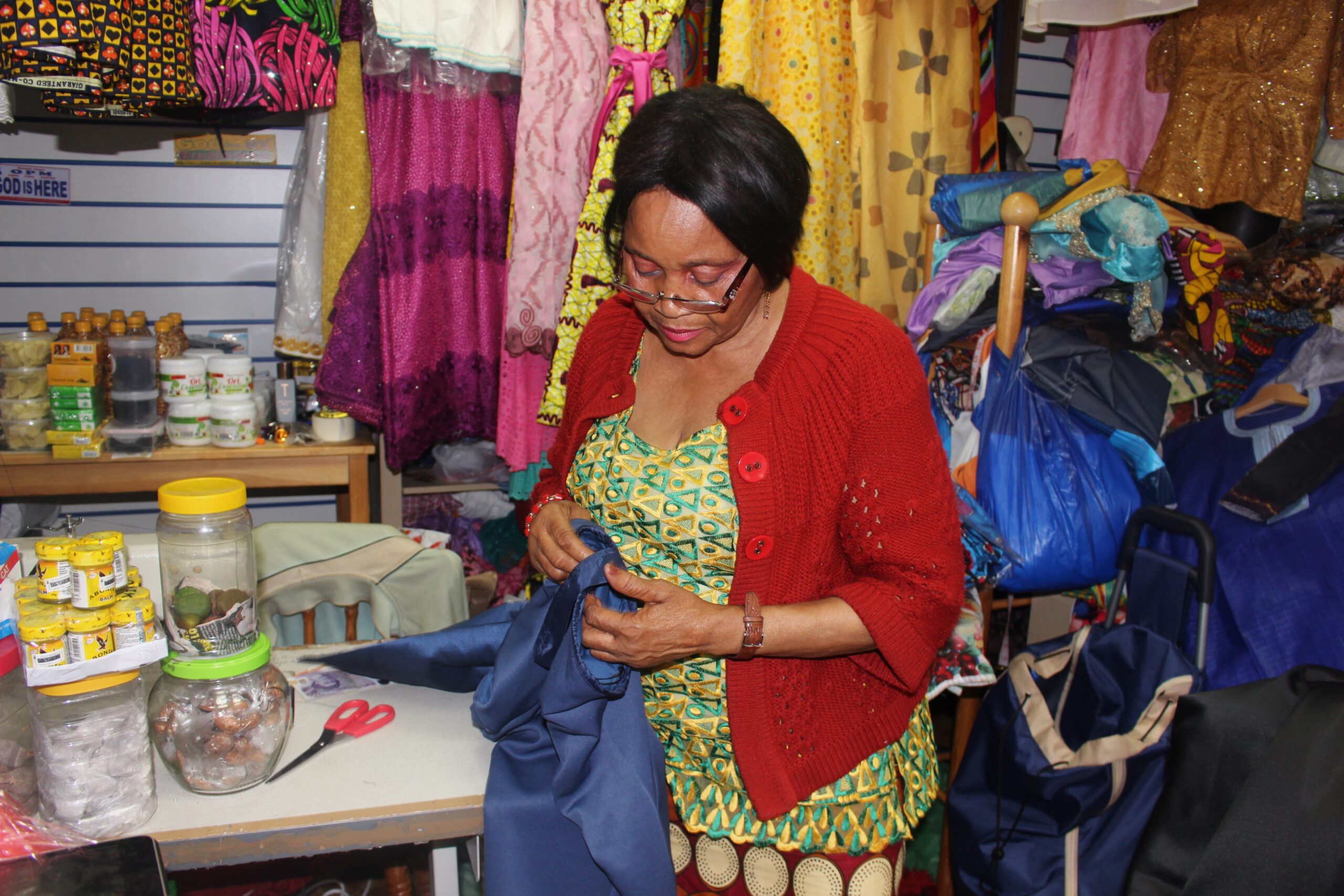
Dear lovers of West African Ankara print, it has happened one too many times: a fabric loved by West Africans, and heavily ingrained in our culture, has been taken by renowned western brand Stella McCartney. It was sent down the runway and dubbed ”innovative”, with no proper recognition of the heritage, meaning and pride this fabric holds for the millions of West Africans who wear it every day.
The runway show was held at Paris Fashion week last year for the brand’s Spring/Summer 2018 collection and didn’t feature a single model of colour. Since then, the brand has seen an onslaught of accusations, but it still didn’t stop them pushing the collection this Spring without saying a word.
Stella McCartney is not the only big brand criticised for this – every season Gucci commits some sort of cultural appropriation offence. The Italian brand’s Autumn/Winter 2018 show featured an insensitive use of traditional Sikh turbans. The attire carries strong significance in promoting equality and preserving the Sikh identity as well as originally being a religious symbol of Hindus from India. But, of course, Gucci got away with this unphased.
These repeat incidents inspired me to take a closer look at this undying trend called cultural appropriation and how it permeates within the fashion industry.
Cultural appropriation is defined as the taking over of creative or artistic forms, themes, or practices by one cultural group from another. It is generally used to describe Western appropriations of non‐Western or non‐white forms, and carries connotations of exploitation and dominance. Below are three examples in which non-western cultures have seen their traditional attires appropriated by western brands for profit with no recognition of the heritage behind them.
Stella McCartney – the normalisation of cultural appropriation in fashion
Let’s go back to Stella McCartney. What really hit me was that this was not the first time the brand had been accused of exploiting African culture, yet it didn’t seem to bother them. The unhappiness over the use of Ankara for their Spring 2018 collection was widely reported, yet many news outlets dismissed it as if it was really not a big deal. A few reports even tried to take West Africa entirely out of the equation.
One fashion news outlet stated: “…the history of these prints is actually quite complicated, as they originated with an Indonesian batik technique that was replicated and mass-produced by the Dutch and then brought to West Africa.” This view suggests the cultural appropriation of Ankara is not a West African issue – nor is the powerful influence West Africa has had on the evolution of the cloth important. Except that it is.
Although the aforementioned part of the history of the fabric is correct, West African Ankara traditions began in the 1800s, and the symbols and shapes on the cloths are directly inspired by the traditions from that region of Africa. Of course, everything comes from somewhere, and history shows we, as humans, borrow and steal from each other’s cultures; but we still attribute things to specific people, or places that heavily influence them.
Take tea, for example. Today, it is widely attributed to English culture, but it also has a complicated history. Starting with the fact it originated in China way back around 2737 BC, tea was dispersed around Asia and (much, much) later imported to England due to – you guessed it – colonisation.
The English have developed a tradition unique to them around tea, and we all accept this. The same can be said for the West African Ankara print. Yes, it all began in Indonesia, but West Africans developed the print in a unique manner when it came to West Africa, and have expansively made it evolve within their culture to represent so much more. West Africans do deserve recognition for that because their influence on the cloth is unparalleled.
Truth be told, “where” it comes from is not the core issue. The core issue, is that it represents an entire people and set of traditions, and using it to gain profit without recognising that, is disrespectful. Also, there certainly isn’t a shortage of black models in the fashion industry. The brand could have at least had black models wearing the West African print pieces as a nod to its heritage.
Yves Saint Laurent – the Western privilege in fashion
In March last year, the Yves Saint Laurent (YSL) 2017 runway clutches looked extremely similar to the MBURU baguette clutch, which was launched just a few months earlier by up-and-coming Senegalese brand Tongoro. As you can imagine, Tongoro’s founder and owner Sarah Diouf, was outraged. In her view, the signature bag represented an essential part of Senegalese culture, and embodied the very essence of her people’s dignity. YSL creating the exact same design, look, and even texture, of her clutch was not something she took lightly or felt flattered by.
It’s not the first time a long clutch has been made, but the resemblance in length and texture makes it easy to understand why she alleged that YSL directly copied the design from Tongoro. She made sure her voice was heard in the industry regarding the issue, but YSL never made a single statement about it. Why? Because it is a Western brand with power and privilege.
Cultural appropriation in fashion goes beyond taking over a creative idea. It translates into the exploitation of a designer, a pattern, a style, or texture, representing a lot more than just what it aesthetically looks like. Most importantly, it demonstrates an unfairness in privilege within the industry.
YSL sold the bag for ten times more than Tongoro, meaning the brand is profiting largely on a design that is not their own and pushing the real owners to the sidelines. This is the pure, unfair advantage of cultural appropriation within the fashion industry – new brands are bullied by bigger designers with the power to copy and make big bucks on an item they did not come up with. This leaves smaller brands struggling to get their names out there, and their cultures become silenced.
Isabel Marant – zero transparency in fashion
It’s perfectly fine to be inspired, but what happens when inspiration becomes an excuse for lack of transparency? French women’s wear brand Isabel Marant was called out for cultural appropriation by a small community of Mexican women from Santa Maria Tlahuitoltepec. They saw a striking resemblance between the brand’s 2015 Etoile Collection and their traditional costume.
The community of women considered taking legal action against Isabel Marant for a blouse. To them, the design of the blouse was a symbol of their identity and had transcended borders; but the brand claimed it was new. Not to mention the profit it made from the item, which Isabel Marant sold for £200 (4500 Mexican pesos) when the original only costs £11 (300 Mexican pesos).
The crazy thing is, through this incident, this small community of women may have come up with a solution to fight cultural appropriation in fashion. After seeing their item copied, the women invited Isabel Marant to visit them and learn about the community and the artisans who sow this blouse. They were offering something crucial: transparency. After all, what a lot of small-time designers and communities want is recognition and respect of their culture and creativity.
A brand borrowing a style, design, or craft they did not invent, should demonstrate thorough understanding about how it is made, where it comes from, and what it truly means. Most importantly, it should give credit where it is due – by both asking permission to use a design, which could lead to productive and lucrative collaborations, and crediting the community or designer that “inspired” them with the mention of their name in a transparent manner.
Writing this saddens me because cultural appropriation just seems like a never-ending trend. These brands use their privilege to take from and silence cultures that have a right to own their creativity. How can we as individuals fight this? It’s by speaking up, saying it is not OK, and even more valuable – supporting brands who truly represent the culture of a fabric, style, or clothing item. For the West African Ankara print, brands like Christie Brown or Natacha Bacco, and so many others, are worth supporting and purchasing from. Let’s make respect, honesty, transparency and fairness a trend in fashion.









